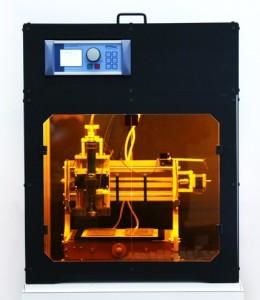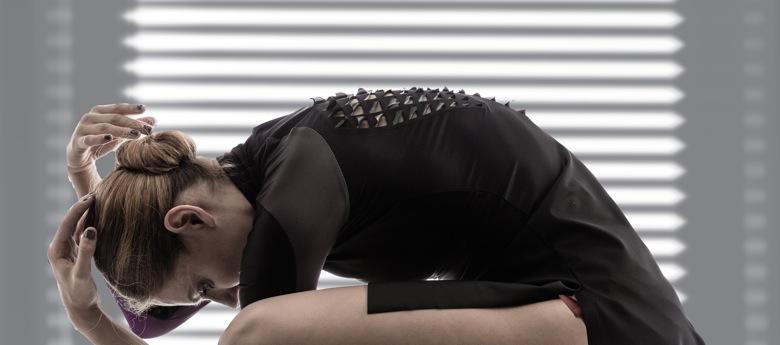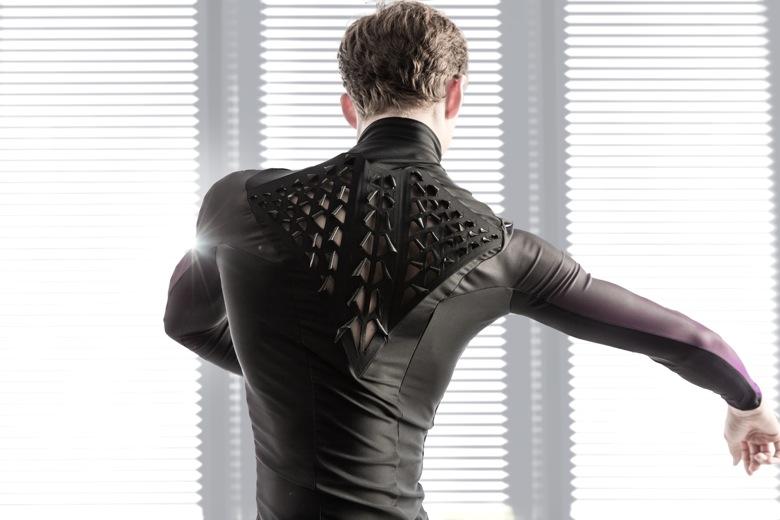 In 1086 famous samurai and the commander-in-chief of the defense of the North of Japan Minamoto no Yoshiie was in the midst of an extended battle campaign. While he and his men were boiling soybeans for dinner they were unexpectedly called to battle. Rather than let the soybeans go to waste, his men packed up the beans and wrapped them in straw. Unfortunately it was several days before Yoshiie’s men could open the straw bags again, and in that time the beans had quickly become fermented. Despite the odd smell, the soldiers ate the beans anyway and discovered that they liked the taste. What they discovered was Natto, a food that is still to this day enjoyed in Japan and is considered by many to be a delicacy.
In 1086 famous samurai and the commander-in-chief of the defense of the North of Japan Minamoto no Yoshiie was in the midst of an extended battle campaign. While he and his men were boiling soybeans for dinner they were unexpectedly called to battle. Rather than let the soybeans go to waste, his men packed up the beans and wrapped them in straw. Unfortunately it was several days before Yoshiie’s men could open the straw bags again, and in that time the beans had quickly become fermented. Despite the odd smell, the soldiers ate the beans anyway and discovered that they liked the taste. What they discovered was Natto, a food that is still to this day enjoyed in Japan and is considered by many to be a delicacy.
New Balance and several fashion designers from the Royal College of Art have teamed up with bioLogic to create a collection of activewear that will shift and alter its shape based on the activity of the wearer. These shifting fabric vents are the result of the natto cells that have been incorporated into the spandex material. When heat or humidity levels increase, each natto cell is capable of expanding rapidly up to 50% of its original size, causing the textiles to automatically alter shape.
 When natto-infused textiles are made into clothing, the bioLogic team can control the type of cooling vents, the amount of cooling that the clothing will provide, and even the areas of the body that can be cooled. They do this by cutting specific patterned slits into the fabric, and then pairing those slits with bioprinted lines of a natto cell-infused material. If the printed lines of cells are applied in straight lines, then the edges of the slits will quickly fold up, opening large cooling vents. If they are applied in a more uniform pattern the fabric will curl up into a more organic pattern. They can even create extremely small vents that when curled are significantly less noticeable. And once the body has cooled down, the natto cells will return to their original size, and the vents will close up again.
When natto-infused textiles are made into clothing, the bioLogic team can control the type of cooling vents, the amount of cooling that the clothing will provide, and even the areas of the body that can be cooled. They do this by cutting specific patterned slits into the fabric, and then pairing those slits with bioprinted lines of a natto cell-infused material. If the printed lines of cells are applied in straight lines, then the edges of the slits will quickly fold up, opening large cooling vents. If they are applied in a more uniform pattern the fabric will curl up into a more organic pattern. They can even create extremely small vents that when curled are significantly less noticeable. And once the body has cooled down, the natto cells will return to their original size, and the vents will close up again.
The bioLogic team developed a special 3D bioprinter that will print natto cells onto spandex textiles with a specific pattern of vents cut into them. By optimizing the pattern that they print onto the textiles with the type of vents, they can create a wide variety of effects in the final clothing by controlling its exposure to heat and moisture. They can even be printed to react to a specific source of heat, including the wearer’s internal body temperature, the level of body sweat present on the wearer, or changes in external humidity and weather.
Here is a fascinating video on the process:
BioLogic is also experimenting with different ways of incorporating the natto cells into different types of fabrics for different uses. So far they have created a lampshade that transforms based on the heat of the light bulb or the amount of light in the room. They have developed a tea bag with a natto-infused leaf on the end of it. When the tea bag is placed into hot water, the leaf will slowly begin to uncurl, when it has completely opened up, the tea has completely steeped and is ready to drink. They have also created a flexible material that is capable of changing color, folding and unfolding based on the amount of moisture being applied to it. To demonstrate the ability, they turned some of the fabric into flowers that will open and turn red when sprayed with water.
“BioLogic seeks a harmonious perspective, where biological and engineering approaches flow in sync. These animate cells are harvested in a bio lab, assembled by a micron-resolution bio-printing system, and transformed into responsive fashion, a ‘Second Skin’. We can now observe the self-transforming biological skin activated by living bacteria,” said the bioLogic team on their MIT Tangible Media project page.
While the focus of BioLogic is currently on clothing and fabric, the natto cells can also be incorporated into more complex materials that will automatically change shape. This could include self-assembling packaging, objects that will alter their shape and orientation based on the local weather or even incorporated into sunscreens on windows.
Let’s hear your thoughts on this research in the MIT Bioskin forum thread on 3DPB.com. Here is a demonstration video of the BioLogic sportswear in use:
Subscribe to Our Email Newsletter
Stay up-to-date on all the latest news from the 3D printing industry and receive information and offers from third party vendors.
Print Services
Upload your 3D Models and get them printed quickly and efficiently.
You May Also Like
Consolidation in AM: How 2025 Is Shaping the Industry’s New Normal
The first half of 2025 has been marked by a clear shift in the additive manufacturing (AM) industry. Companies are no longer just focused on developing new tech by themselves....
Etsy Design Rule Change Reduces Selection of 3D Printed Goods
Online marketplace Etsy has implemented a rule change requiring all 3D printed goods on the site to be original designs. The update to the site’s Creativity Standards states, ¨Items produced using...
U.S. Congress Calls Out 3D Printing in Proposal for Commercial Reserve Manufacturing Network
Last week, the U.S. House of Representatives’ Appropriations Committee moved the FY 2026 defense bill forward to the House floor. Included in the legislation is a $131 million proposal for...
Transforming From Tourist to Native: Duro CEO Michael Corr Explains Why the Company Rebuilt its PLM Software on AI
In these early innings of the AI boom, many market analysts have expressed concern that AI spend has gotten too far ahead of the technology’s proven ability to deliver significant...


































